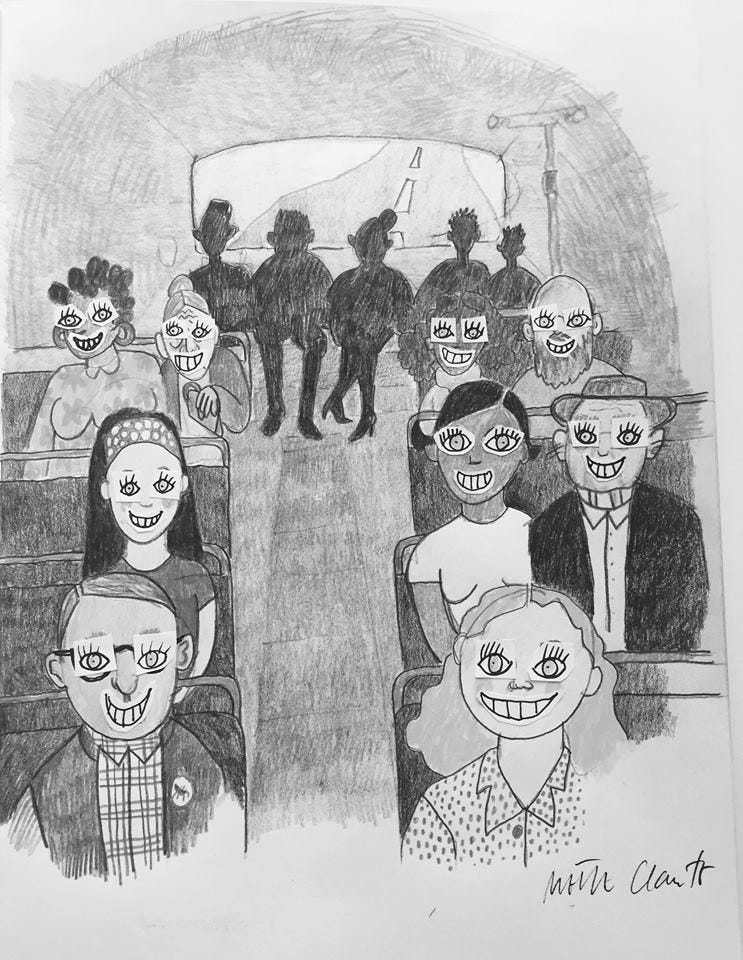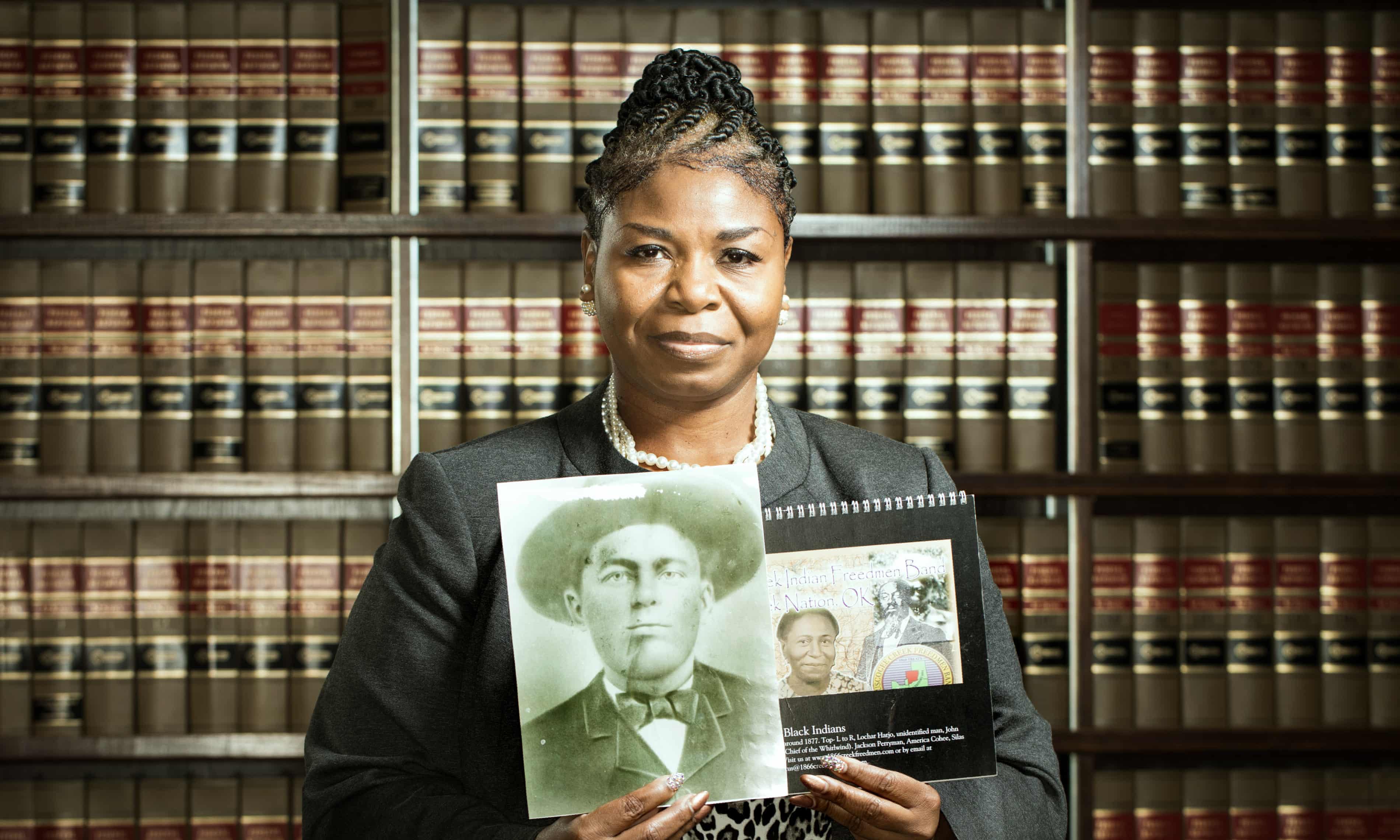New $10 bill featuring Viola Desmond goes into circulation next weekPosted in Articles, Canada, History, Media Archive, Videos, Women on 2018-11-13 04:49Z by Steven |
New $10 bill featuring Viola Desmond goes into circulation next week
CP24
2018-11-12
Alex Cooke, Reporter
The Canadian Press
HALIFAX — A new $10 banknote featuring Viola Desmond’s portrait will go into circulation in a week, just over 72 years after she was ousted from the whites-only section of a movie theatre in New Glasgow, N.S.
The civil rights pioneer and businesswoman is the first Canadian woman to be featured on a regularly circulating banknote, which will also show a map of Halifax’s historic north end, home to one of Canada’s oldest black communities and the site where Desmond opened her first salon.
Irvine Carvery, a prominent member of Halifax’s north end and a former school board chair, said he’s excited that the bill will pay tribute to her, describing the inclusion of a black woman on the note as “a historic moment.”…
Read the entire article here.







